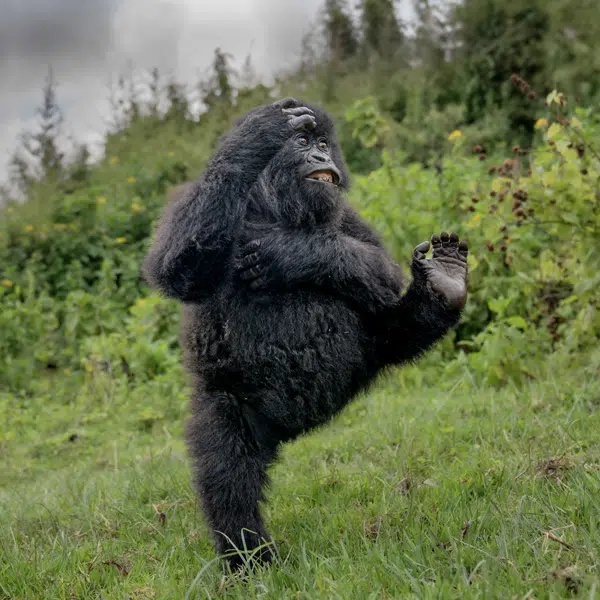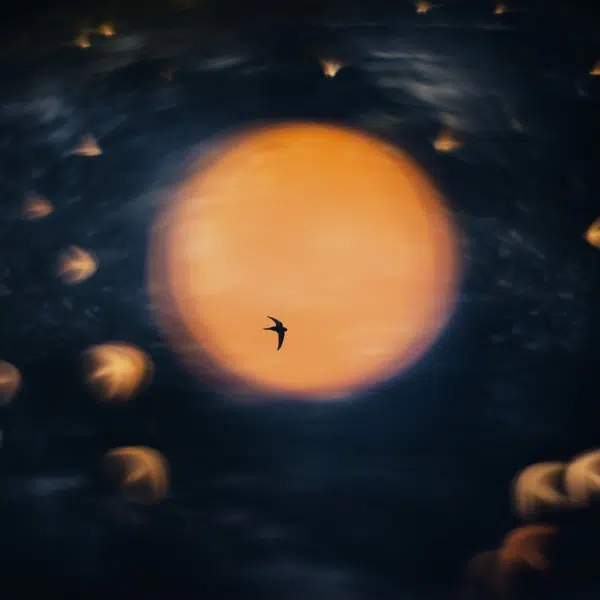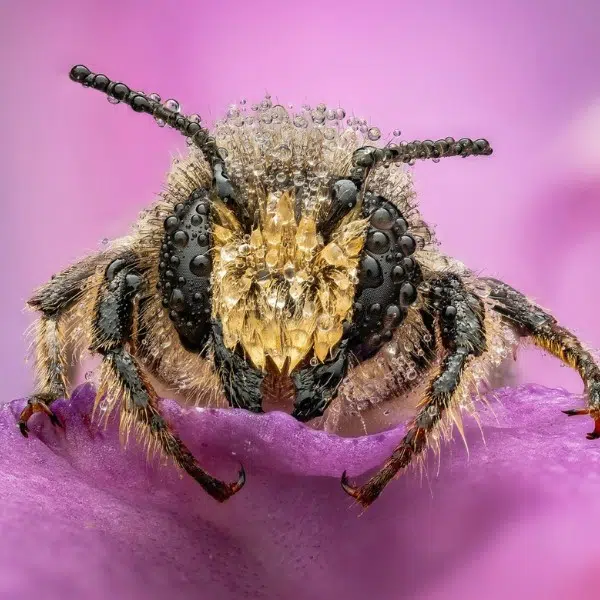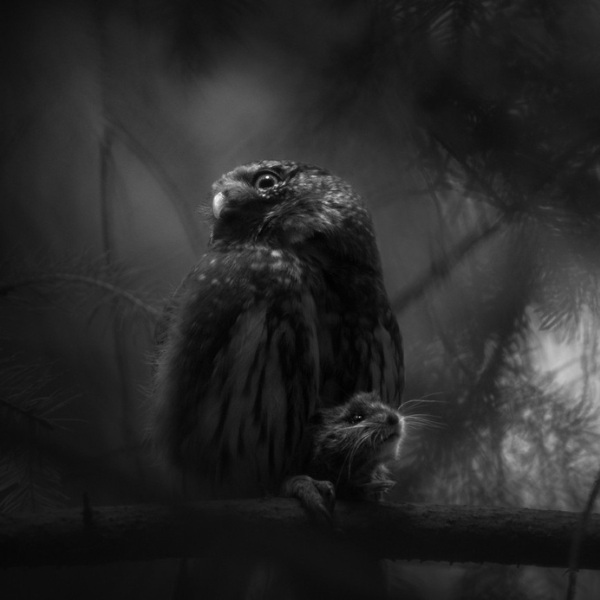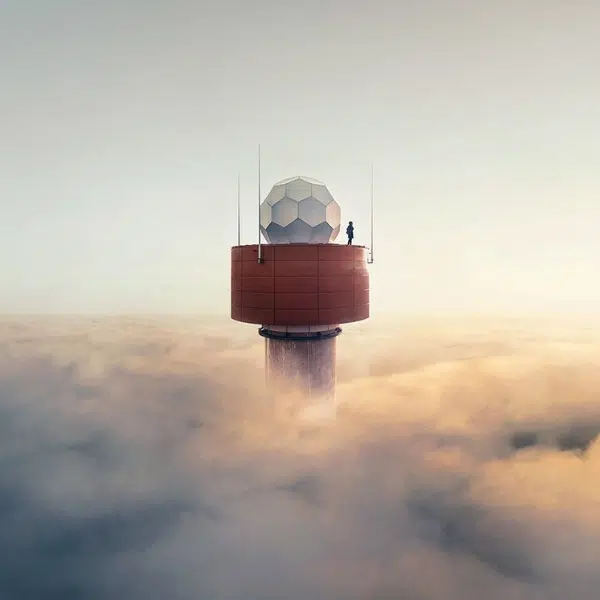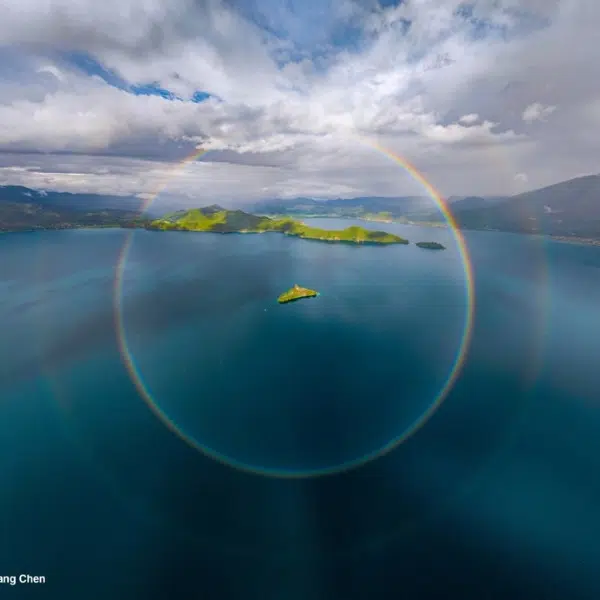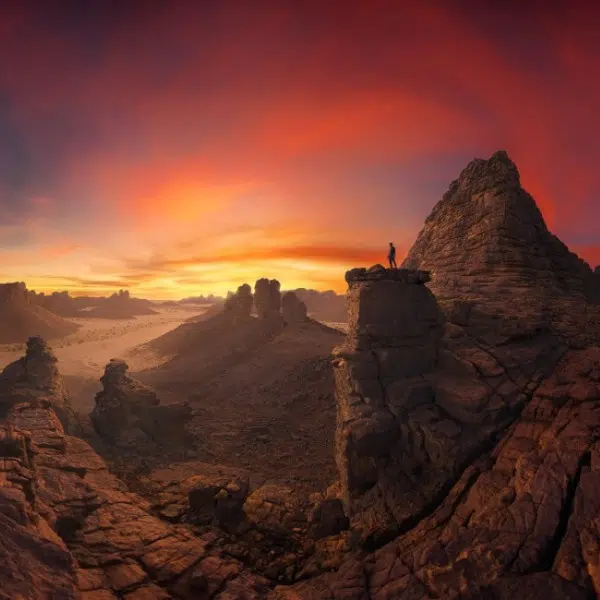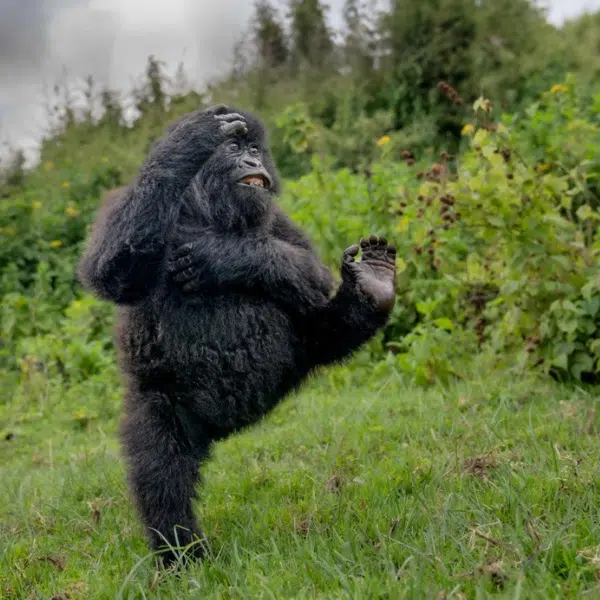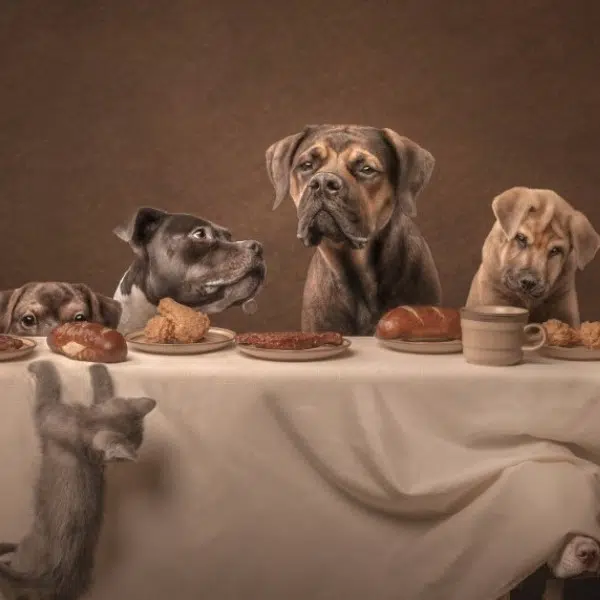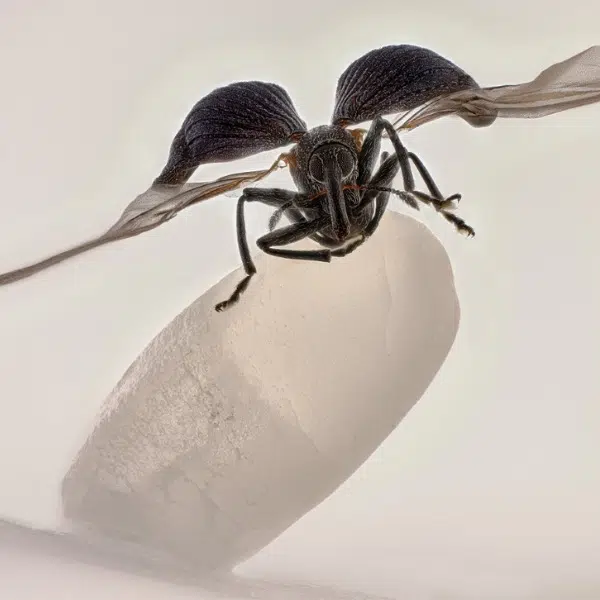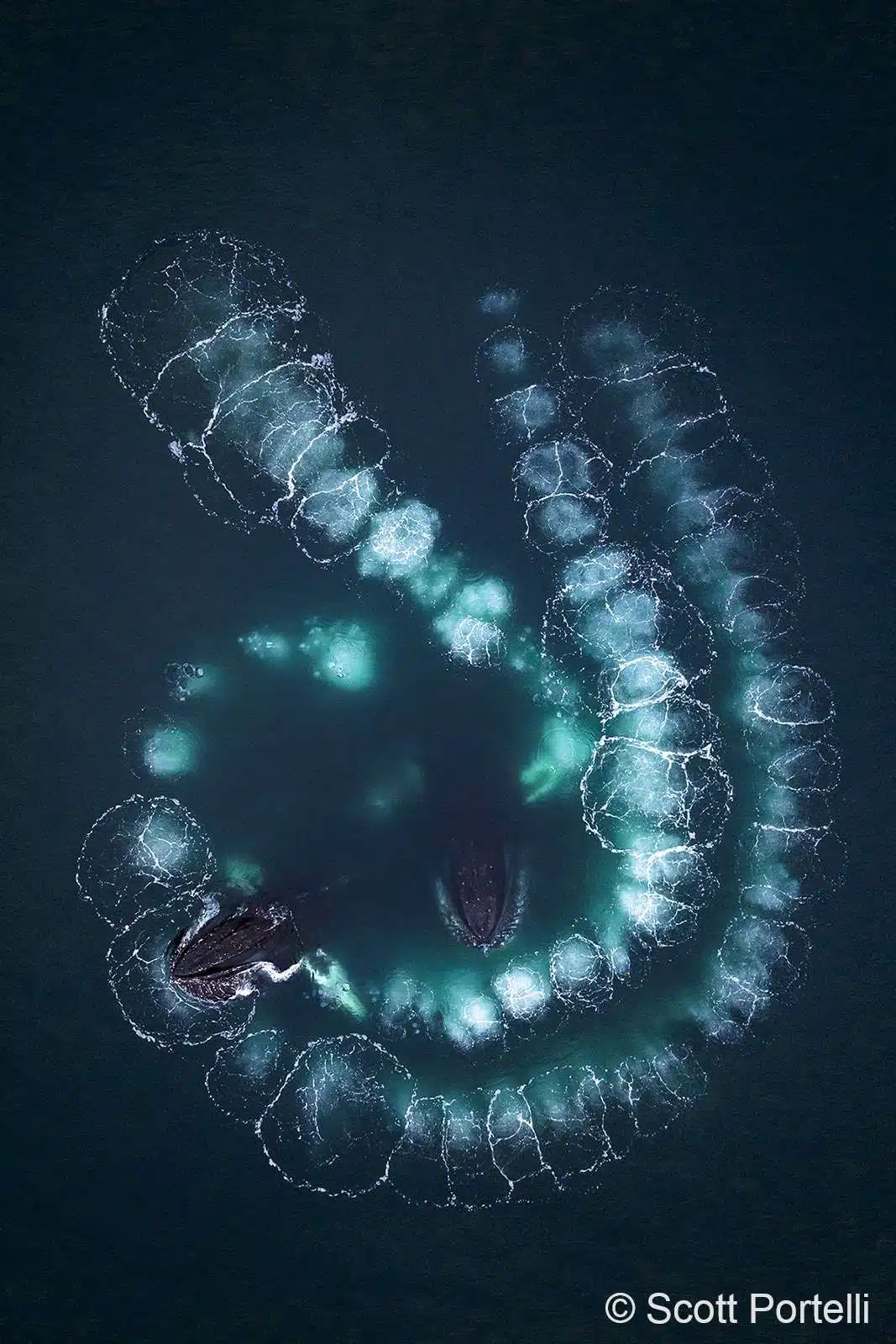
“Bubble-net” by Scott Portelli. Overall Winner.
“As part of a sailing expedition down to Antarctica, I spent a month photographing the unique wildlife across this icy realm. Our vessel approached feeding humpbacks displaying bubble-net feeding. With snow falling and changing visibility, I captured the moment when two humpbacks emerged feeding through a collaborative bubble-net.”
A unique photo of humpback whales participating in bubble-net feeding won Scott Portelli the title of Australian Geographic Nature Photographer of the Year. Organized by the South Australian Museum, the contest is now in its 21st year. This year's competition attracted 1,856 entries from 442 photographers across 12 countries in its search for the best wildlife and landscape photographs taken across Australia, New Zealand, Antarctica, and New Guinea’s bioregions.
Portelli's photograph was captured from a small 60-foot yacht while the photographer and tour operator was visiting Antarctica.
“There was one day where the weather was shifting between overcast and snowing,” Portelli recalls. “I sat and watched these whales bubble-netting for about six hours, but trying to capture that moment when they break the surface came down to persistence and timing.”
This is the second time that Portelli has won the competition. He also took the top prize in 2021 for his photograph of the elusive leafy sea dragon.
Among the standouts of the 10 category winners are Wayne Sorenson‘s dramatic portrait of a solitary Emperor penguin in the far southern reaches of Antarctica and Richard Robinson‘s image of a group of young sea lions developing their swimming skills.
Among the other winners, South Australia’s David Dahlenburg won the Portfolio category, in which photographers enter a group of six images with a shared theme. His photo series, Grotesque Beauty, depicts tailings dams used to store byproducts of mining operations,
located from South Australia’s Eyre Peninsula to the Far North. Dahlenburg works at a Barossa wine company by day but captured the images while flying for fun in a light airplane.
“Tailings dams have a sinister beauty—the colors are extraordinary,” Dahlenburg shares. “They often contain waste materials, such as toxic chemicals and heavy metals, which can harm birdlife and groundwater. It’s estimated that there are about 18,000 tailings dams around the world.”
Scroll down to see more of the winning photographs. These images will be included, along with all of the finalists, in the annual Australian Geographic Nature Photographer of the Year book, available at the South Australian Museum shop, online through Australian Geographic, and at all leading bookstores through Hardie Grant Publishing.
Here are the incredible winners of the 2024 Australian Geographic Nature Photographer of the Year contest.
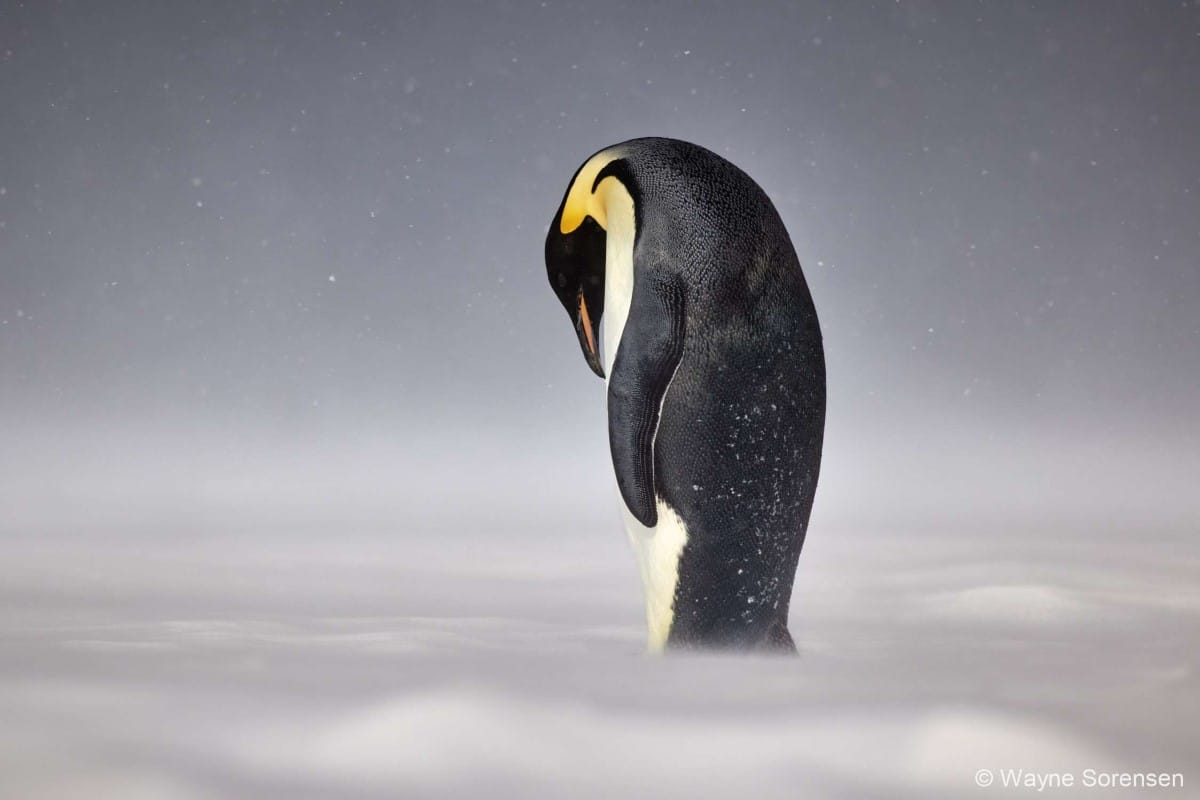
“Emperor's Rule” by Wayne Sorensen. Winner, Animals in Nature.
“A lone emperor penguin on the fast ice in Antarctica’s far southern reaches of the Ross Sea. We encountered this magnificent bird as it emerged from the water, pausing to preen its feathers. The conditions were extreme, with snow swirling around in 50 knot winds and -20°C temperature.”
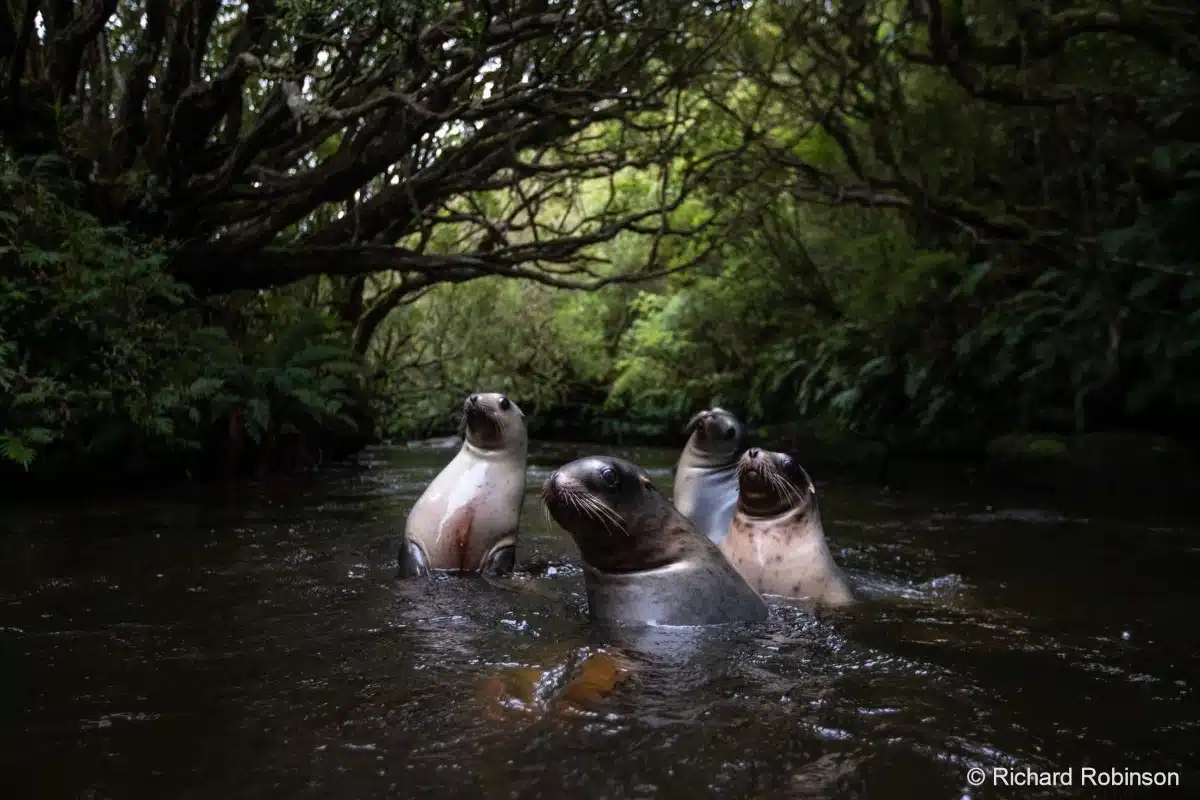
“Teen Spirit” by Richard Robinson. Winner, Threatened Species.
“Juvenile sea lions enjoy a stream at the head of Port Ross. Such hideaways are out of reach of sharks, allowing the young animals to develop their swimming skills without fear. Once they’re adept in the water, young male sea lions frequently swim all the way to the New Zealand mainland, a distance of at least 500 kilometers.”
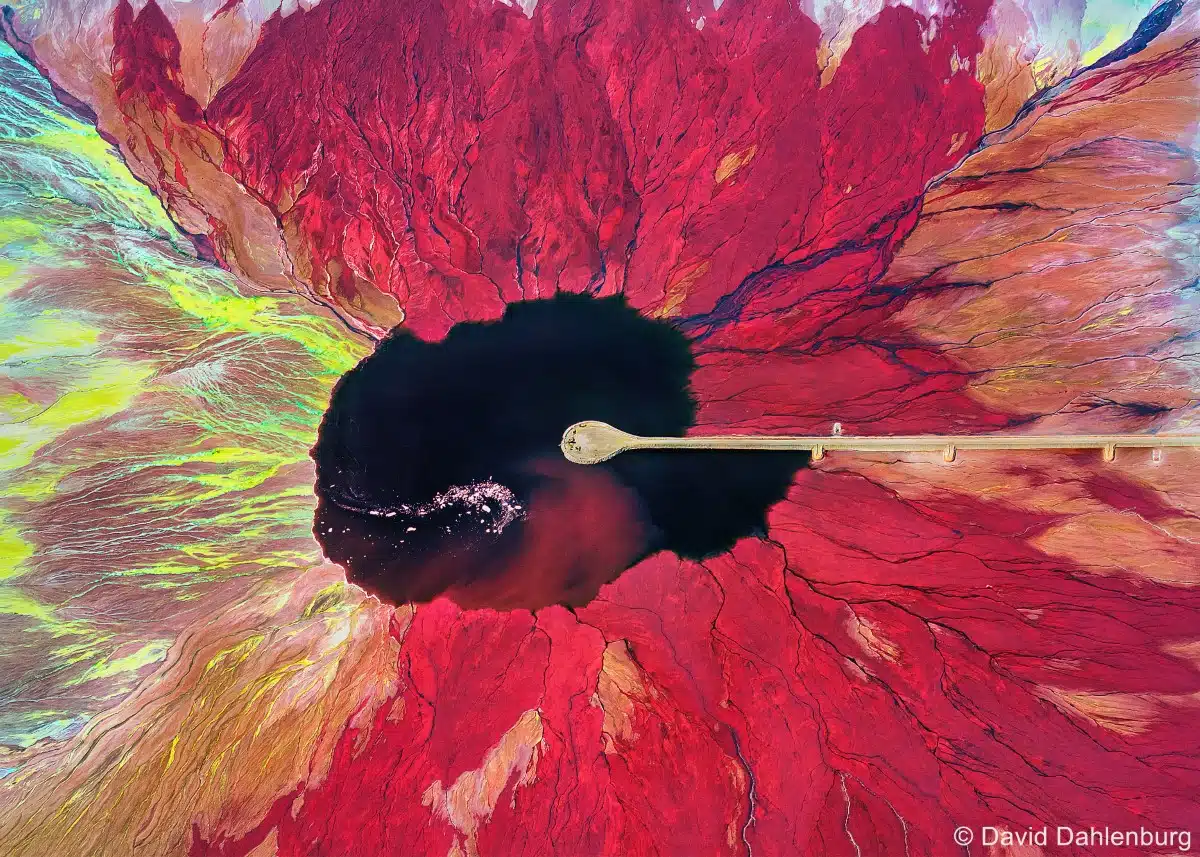
“Tailings Dam” by David Dahlenburg. Winner, Portfolio and Runner-Up, Our Impact.
“Tailings dams have a sinister beauty – the colors are extraordinary. They often contain waste materials, such as toxic chemicals and heavy metals, which can harm birdlife and ground water. It’s estimated that there are around 18,000 tailings dams around the world.”
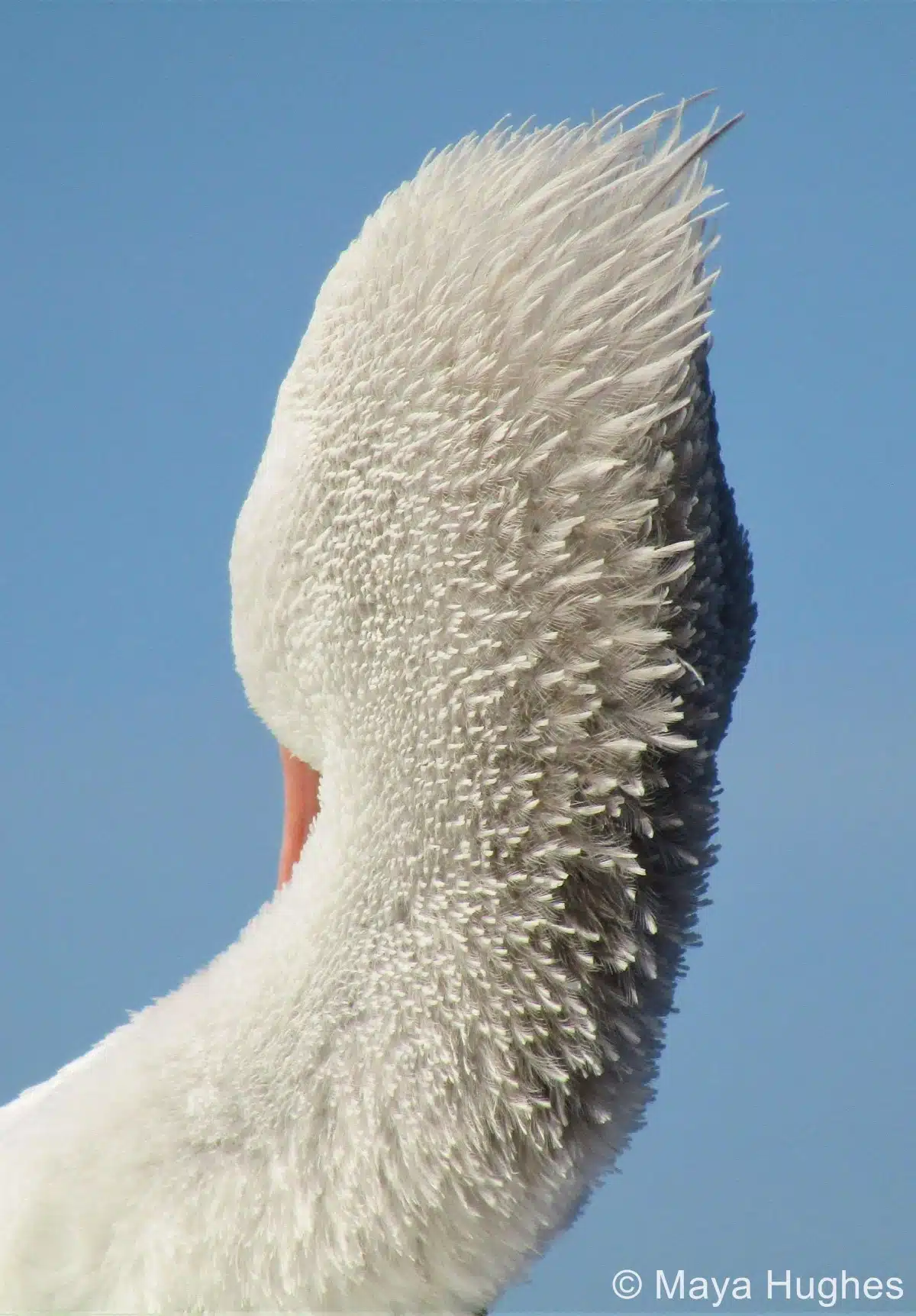
“Elegance” by Maya Hughes. Junior Winner.
“One sunny afternoon in early winter, Australian pelicans balanced on granite rocks at Encounter Bay. They preened and stretched their massive wings and legs with strength and grace. My close-up composition of the pelican’s delicate head and neck feathers, with just a slither of bill, illustrates their unique elegance.”

“Rainbow Valley – Valley of the Stars” by Brody Gamble. Winner, Astrophotography.
“The sandstone bluffs of Rainbow Valley, or Wurre as it is known to the Arrernte people, are mesmerizing under starlight. Laying on red sand under clear skies, I attempted my first ever star trail image and I’m proud of how I was able to represent this sacred place.”
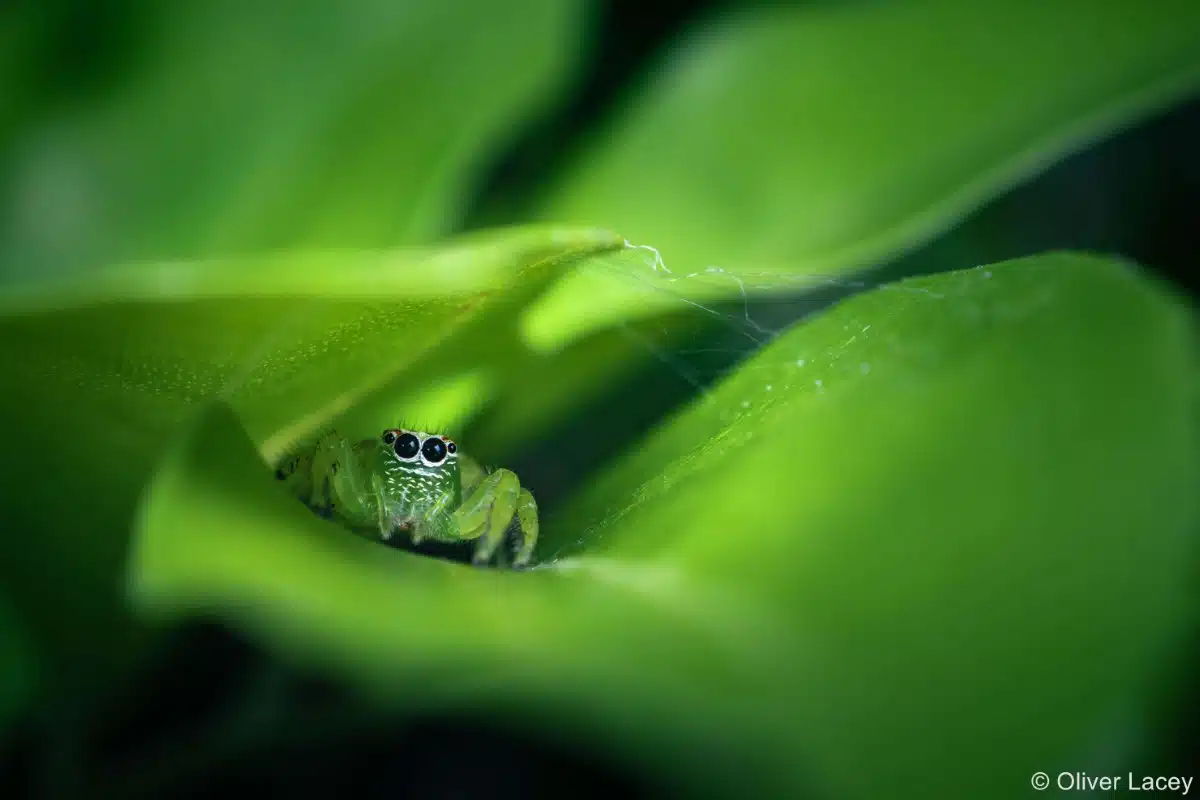
“Nest of Silk” by Oliver Lacey. Junior Runner-Up.
“I found this female green jumping spider in my backyard and struggled to get her in focus as she scurried back and forth, carefully weaving her silk into a nest. Once complete, this nest will be used as a shelter to rest in, and potentially lay her egg-sacs.”
Organized by the South Australian Museum, the competition is now in its 21st year.
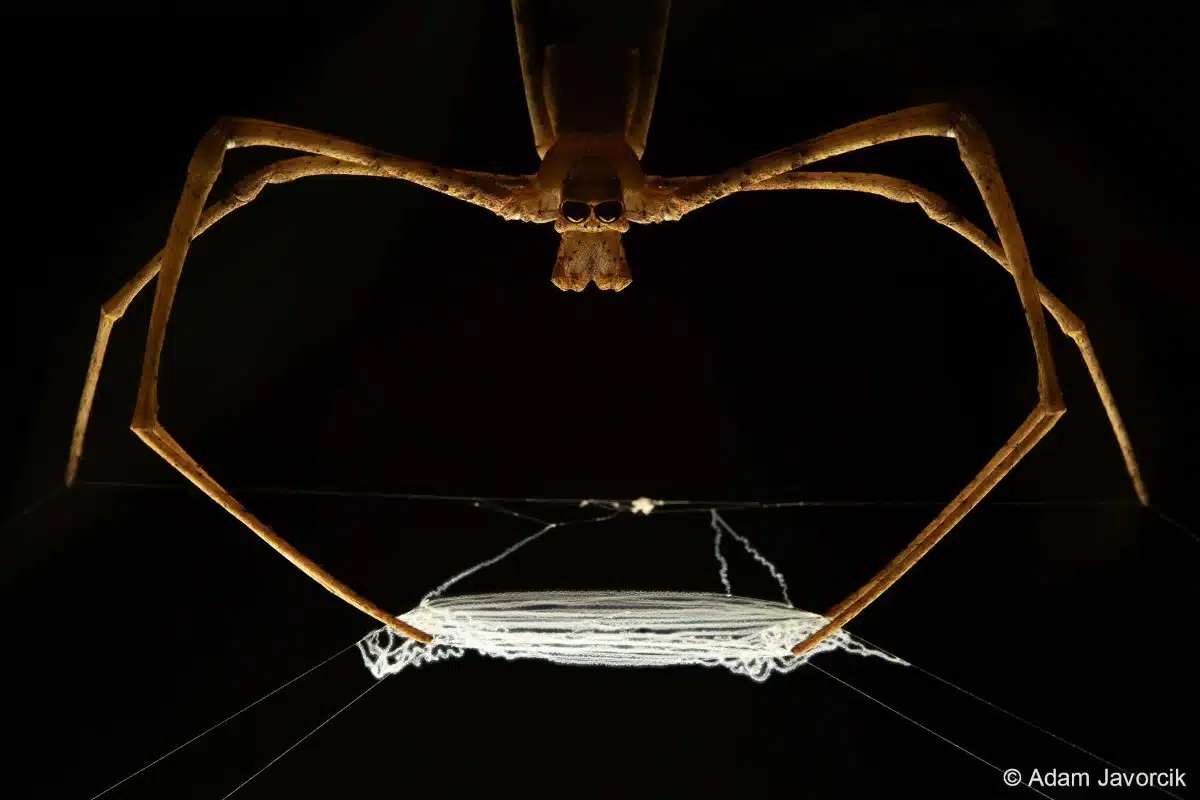
“Symmetry of lurking” by Adam Javorčík. Winner, Macro.
“Spiders of the genus Deinopis have the largest simple eyes of any arthropod. Their photoreceptors are 2,000 times more sensitive to light than those of humans. Relying on their well-developed eyesight, they have developed an unusual hunting strategy. They cast their webs at prey that passes or flies underneath them.”
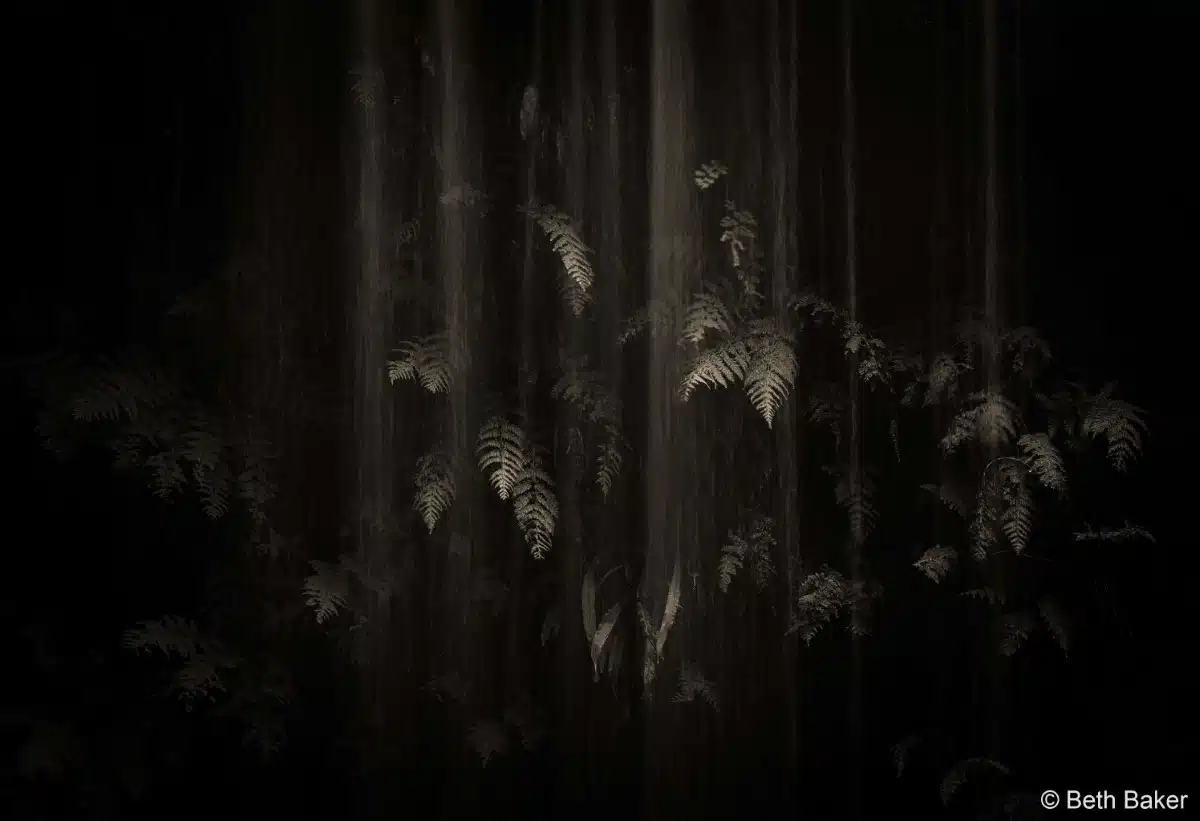
“Light through the darkness” by Beth Baker. Winner, Monochrome.
“As I grow as a photographer, I’m inspired by my surroundings, visualising metaphors that reflect world events. This waterfall photograph in sepia tones uses a slow shutter speed to create a curtain revealing light through the darkness. Despite chaos and conservation debates, my hope remains: light will prevail through nature’s beauty.”
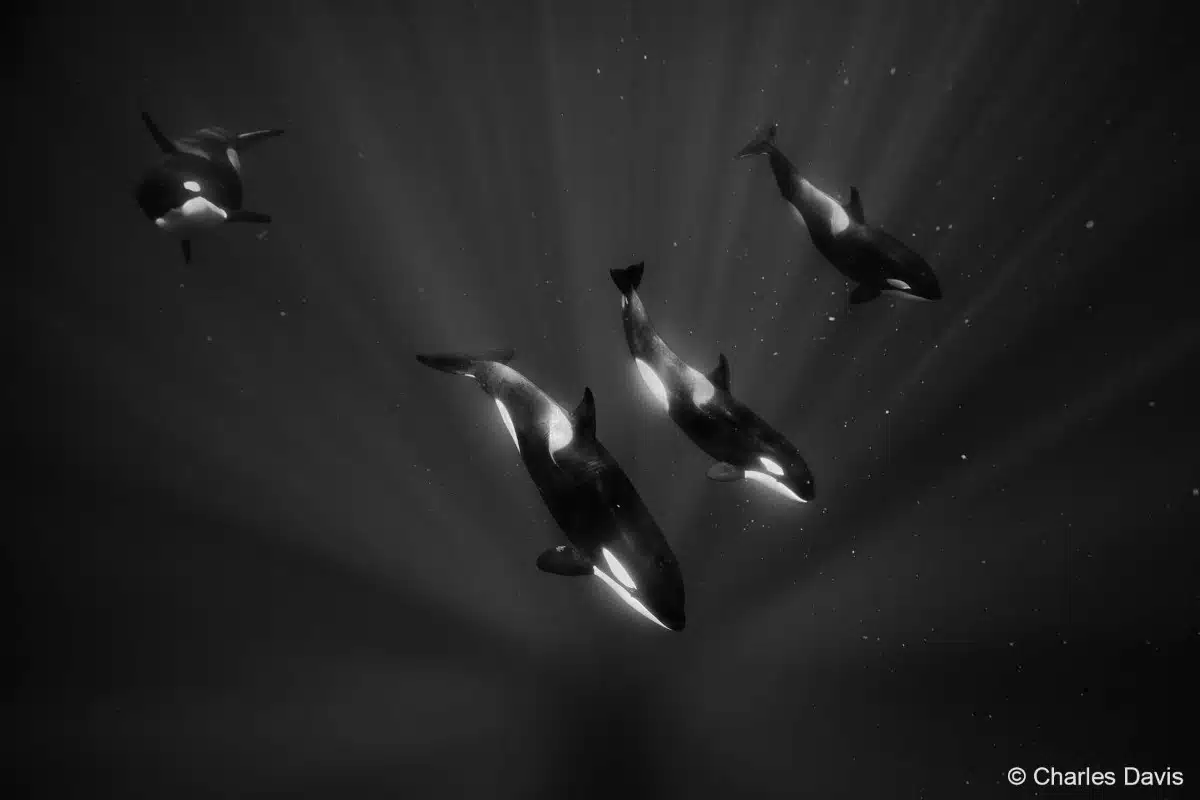
“Inspection” by Charles Davis. Runner-Up, Monochrome.
“The Bremer Canyon is a meeting place for most of the ocean’s most terrifying creatures. These orcas gather in great numbers to hunt tuna, great white sharks, giant squid and even other larger whales. Hanging over the edge of the boat in five metre swell, I dunked my camera into the water as these young orcas swam beneath the boat.”
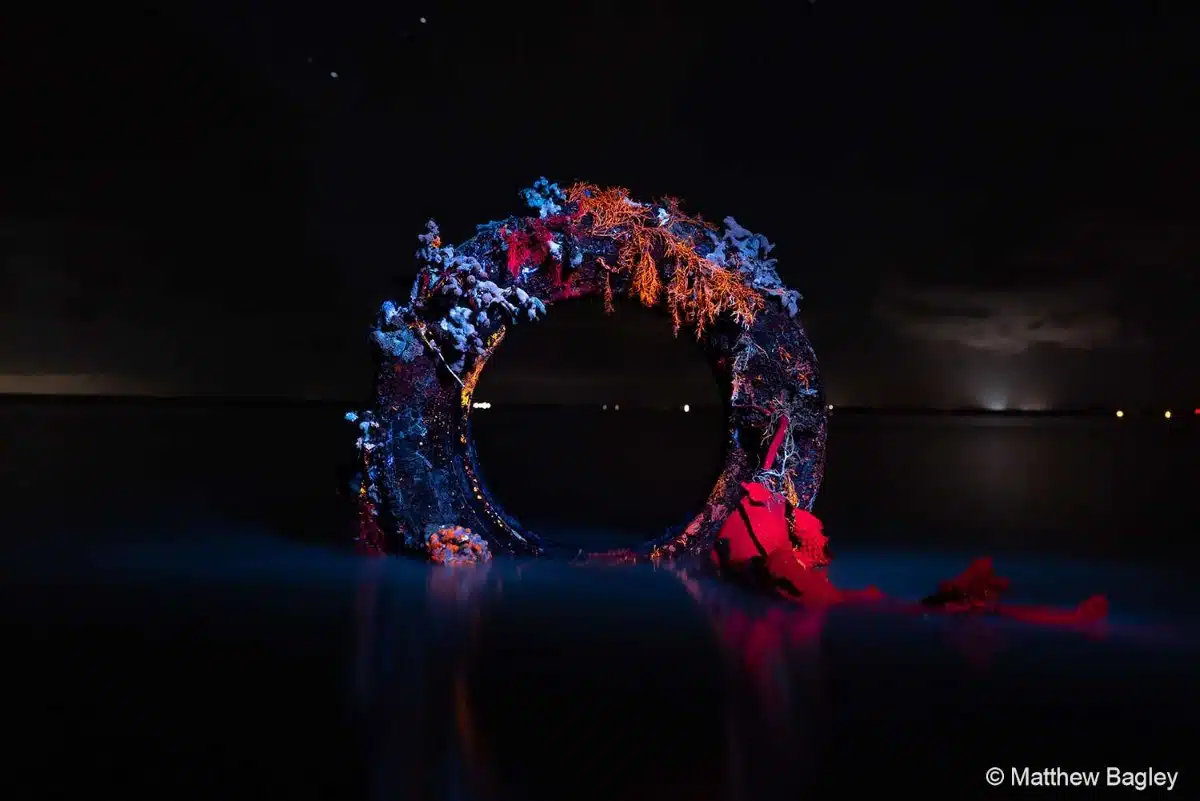
“Unseen 22” by Matthew Bagley. Winner, Our Impact.
“Unseen 22 combines science and nature in a captivating series of photographs that reveal the discarded ocean debris that has been reclaimed by Mother Nature. A temporary set was constructed in an intertidal zone, taking advantage of a 30-minute window of optimal tidal changes and conditions. The use of short-wave light spectrums, long-exposure photography and the unconventional process of free diving in the darkness with hand-held torches introduces visions that are otherwise invisible to the human eye to showcase life in a way that most of us will never see. This unique perspective highlights the beauty and devastation created by humans.”
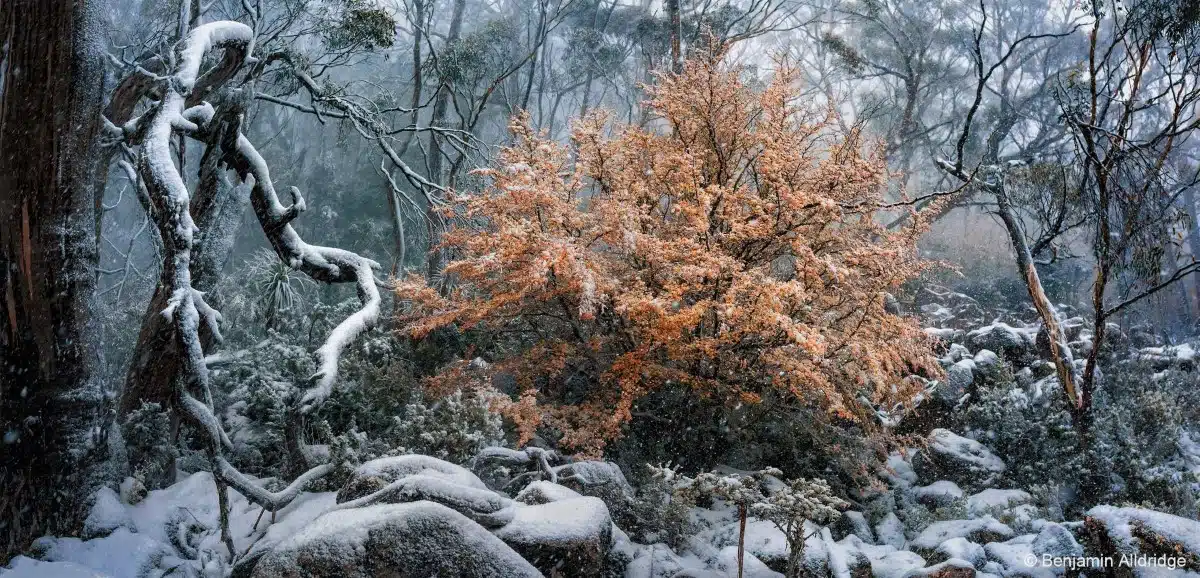
“Aurum” by Benjamin Alldridge. Winner, Landscape.
“Tanglefoot, deciduous beech, fagus (Nothofagus gunnii), whatever name you give it, it’s Australia’s only cold-weather deciduous species. Every year, they go from waxy green to fiery reds. Sometimes, if you’re exceptionally lucky, you get to catch them in their fiery turn, under a blanket of snow.”
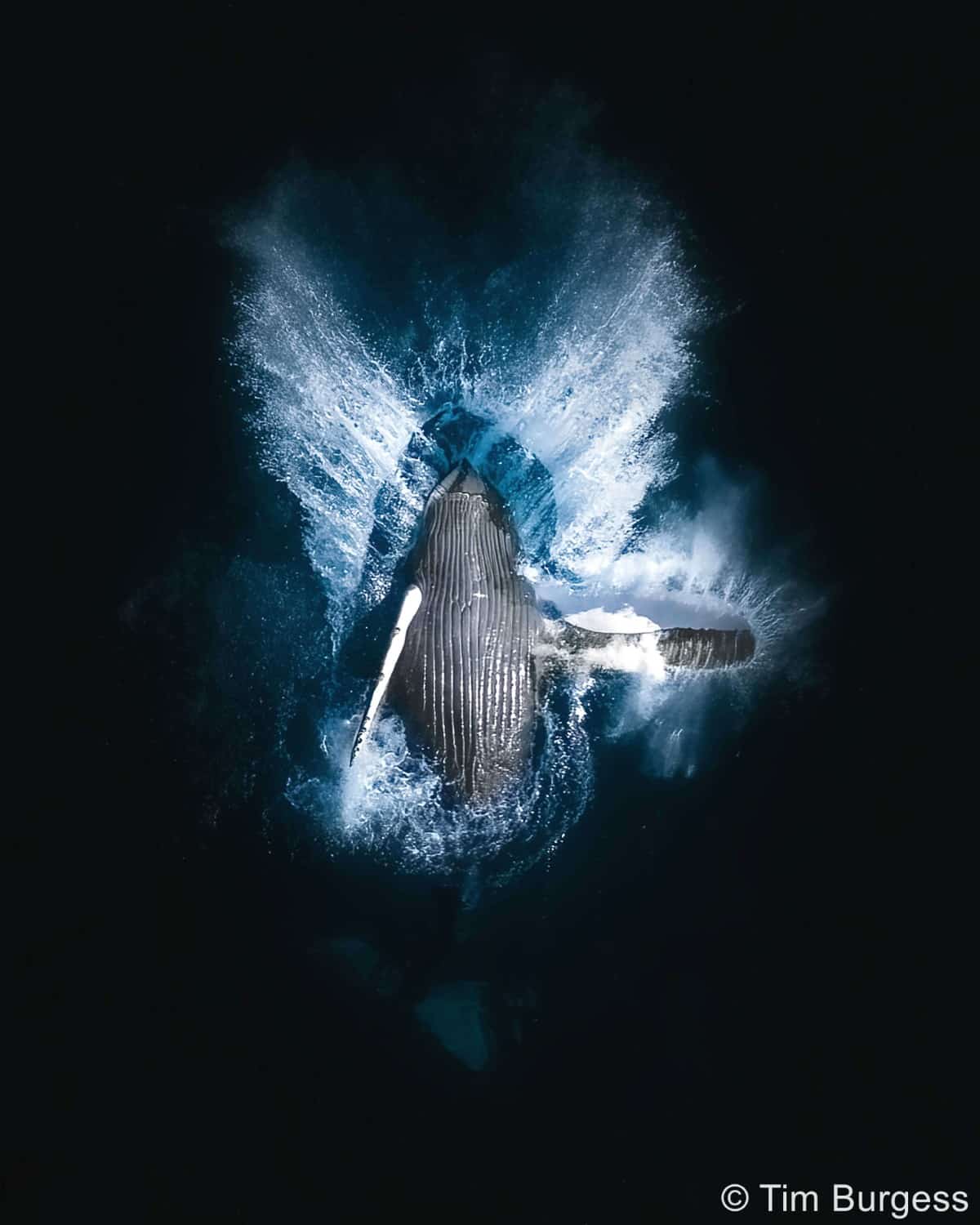
“Angel Wings” by Tim Burgess. Winner, Aerial.
“Every year, Humpback whales migrate south in shallow waters along the east coast of Australia, a spectacle that never ceases to amaze me. While watching this juvenile humpback joyfully breaching from a distance, it created the most incredible unearthly shape of angel wings as it crashed back into the pacific.”












































































